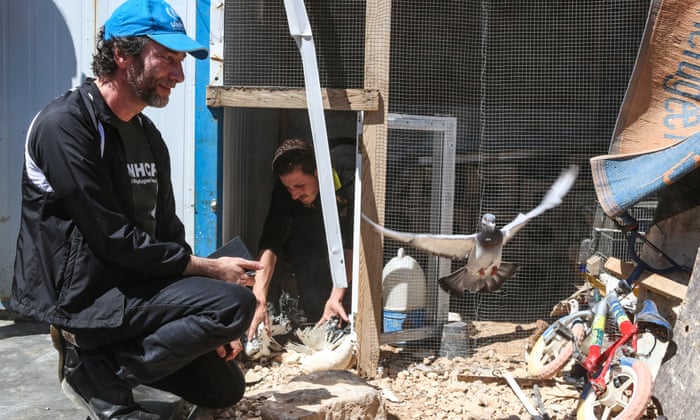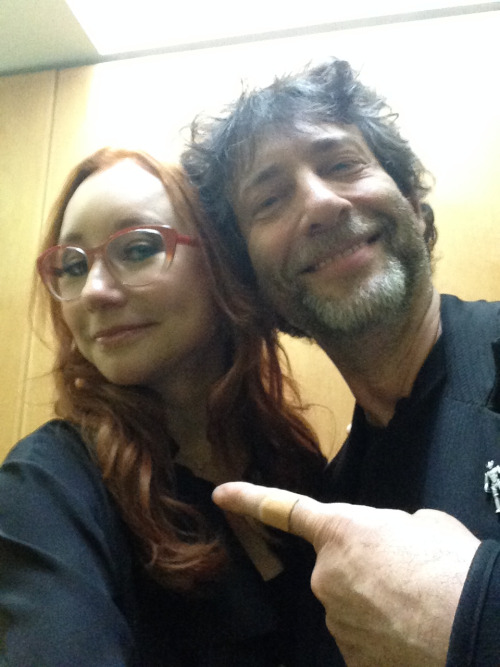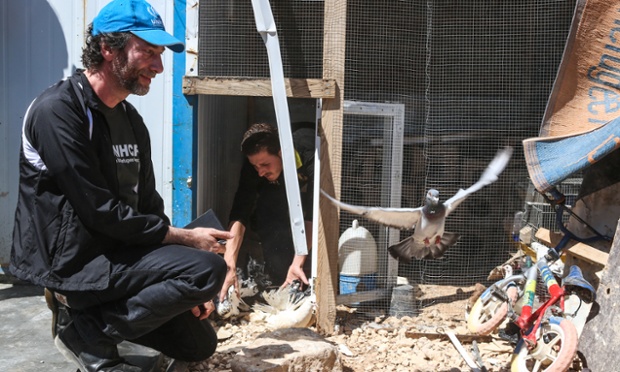And the safety feels very fragile, and like something to be treasured.
There's a photo I'm not going to post. You've probably seen it already: it shows Aylan Kurdi, a three year old Syrian refugee, dead on a beach in Greece. It made me cry, but I know I'm overly sensitive to bad things happening to small children right now. I'm reacting as if he's family.
In May of last year I was in a refugee camp in Jordan. I was talking to a 26 year old woman who had miscarried her babies in Syria when the bombs started falling. She had made it out of Syria, but her husband had left her for another woman he hoped would give him babies. We spoke to women eight months' pregnant who had just walked through the desert for days, past the dead and dismembered bodies of people fleeing the war, like themselves, who had been betrayed by the smugglers who had promised them a way to freedom.
I gained a new appreciation for the civilisation I usually take for granted. The idea that you could wake in the morning to a world in which nobody was trying to hurt you or kill you, in which there would be food for your children and a safe place for your baby to be born became something unusual.
I wrote about my time in the Syrian refugee camps here, in the Guardian. (You can read it here: http://www.theguardian.com/world/2014/may/21/many-ways-die-syria-neil-gaiman-refugee-camp-syria and you should, if you have time. I'll be here when you get back. And here are some photos from my time there: http://www.theguardian.com/world/gallery/2014/may/21/neil-gaiman-syria-refugees-jordan-in-pictures)
Jordan, Turkey, Lebanon have, between them, taken in millions of Syrian refugees. People who fled, as you or I would flee, when remaining in the places they loved was no longer possible or safe.
The UN High Commissioner for Refugees has made a plea to Europe that you should read (and insist that whoever represents you also read) at http://www.unhcr.org/55e9459f6.html
The only ones who benefit from the lack of a common European response are the smugglers and traffickers who are making profit from people's desperation to reach safety. More effective international cooperation is required to crack down on smugglers, including those operating inside the EU, but in ways that allow for the victims to be protected. But none of these efforts will be effective without opening up more opportunities for people to come legally to Europe and find safety upon arrival. Thousands of refugee parents are risking the lives of their children on unsafe smuggling boats primarily because they have no other choice.The UN Refugees Agency wrote about words, and how they matter. In this case, the word migrants and refugees: they don't mean the same thing, and have very different meanings in terms of what a government's obligations are to them. http://www.unhcr.org/55df0e556.html
One of the most fundamental principles laid down in international law is that refugees should not be expelled or returned to situations where their life and freedom would be under threat...
Politics has a way of intervening in such debates. Conflating refugees and migrants can have serious consequences for the lives and safety of refugees. Blurring the two terms takes attention away from the specific legal protections refugees require. It can undermine public support for refugees and the institution of asylum at a time when more refugees need such protection than ever before. We need to treat all human beings with respect and dignity. We need to ensure that the human rights of migrants are respected. At the same time, we also need to provide an appropriate legal response for refugees, because of their particular predicament.
It's worth making sure that people are using the right words. A lot of the time they don't realise there's a difference between the two things, or that refugees have real rights -- the rights you would want, if you were forced to leave home.
A lot of people have been asking me about ways that we as individuals can change things for the better for refugees: there's an excellent article in the Independent about practical things you can do to help or make a difference.
http://www.independent.co.uk/news/world/europe/5-practical-ways-you-can-help-refugees-trying-to-find-safety-in-europe-10482902.html
UNHCR, the UN Refugee Agency, is feeding and housing and housing and helping literally millions of refugees around the world, always with the eventual goal of getting them safely home one day. Their funding comes from governments and private individuals all over the world. But this crisis has stretched them thin. You can help.
Donate to them at http://rfg.ee/RN3uy -- and please, share the donation link:
With your support, UNHCR will provide assistance such as:As I said on this blog when I came back from visiting the camps:
- Deliver rescue kits containing a thermal blanket, towel, water, high nutrient energy bar, dry clothes and shoes, to every survivor;
- Set up reception centres where refugees can be registered and receive vital medical care;
- Provide temporary emergency shelter to especially vulnerable refugees;
- Help children travelling alone by providing specialist support and care.
(I'd love it you would spread this post around, and spread the links inside it. People who know that I'm involved in Refugee issues have been asking me about places to donate and what to do and what to read, so I put this together for them, and now, for you. http://rfg.ee/RN3uy was the donation link.)







 Such a coincidence – I am currently reading
Such a coincidence – I am currently reading  ‘All down the road with the…’
‘All down the road with the…’
Thank you, Susan. A painful but necessary lesson which we all must learn. And I can't explain how I know how to do it and which bits to do it to. Maybe it's the inbuilt editor?
Yes, you're so right, it doesn't occur to them! If I tell students (or my daughter) to rewrite anything they throw up their hands in horror and declare that I think it's no good. Not at all - good enough to be worth working on. But it cuts no ice. Though I must admit I'm putting off at least three re-writing tasks at the moment... it seems so much more of a challenge than writing in the first place, as the first draft is only there to be fixed. Fixing, then you have to start getting it right :-)
I once (note "once") taught a creative writing class and hit exactly the same wall.
Most of the group felt that the teacher was over-critical! Three of them asked me for private critiques and further help. One is now self-published.
My own work? Constant re-writes, a sort of second nature.
I'm looking forward to finding out about the hurting brain!
Very interesting. I look forward to the second part. I too am amazed that rewriting was not even a blip on your students' radar screens. Personally, I find rewriting easier than doing the initial draft. But I certainly couldn't tell anyone how I know "which words I should change." I just go to the parts that don't seem right and work on them until they do.
Wise post! Unfortunately, ths reminds me that during talks about the writing process on school visits - admittedly to primary schools - I don't give enough public emphasis to rewriting myself. Partly it's the look of horror in children's eyes at the thought of even more writing, partly because there's no school time for rewriting, and also, as you suggest, it's such a huge misunderstood area. Just putting ideas into "book words"? Can't take long, can it?
Perhaps students blanche at the word used: 'Rewriting'. It smacks of the teacher telling you to 'Do it again!'. Like a punishment for being rubbish.
Instead, writers need to foster the idea that writing is a multi-stage process. At some point in the process, you make words on the page/screen, but THAT IS NOT THE END of the process. It is, ooh, a third to half of the way through, at best. The later stages of the writing process are working with those words, sometimes using them merely as the scaffolding upon which you build the true version.
So perhaps 'rewriting' isn't the word we should use. It's not rewriting because we haven't yet WRITTEN. We've simply made the first attempt at words on a page. And that is not writing, any more than sketching is painting.
Ah, I have the opposite problem. I don't rewrite much - like your students it didn't occur to me for ages that it was necessary or even possible: stuff either worked or it didn't. I've been doing some MA teaching and everyone is obsessed with rewriting and I don't know what to say...
(I would still prefer to ditch 20k and start something new than to rewrite)
I can reccommend Michael J. Kaplan's 'Rewriting' which basically states that all prose is shaped in the rewriting, and gives examples of when, how, and for which reasons one would rewrite. (Sometimes advice is easier to take when it comes in printed form.)
I guess that people with very detailed outlines need to rewrite less - they've already worked out a lot before they 'start writing' - but I find the idea of getting everything - particularly a novel - right first time around somewhat strange. There's just so much of it, and by the end I'll know the setting and the characters much better than in the beginning, so *of course* it will need to be rewritten.